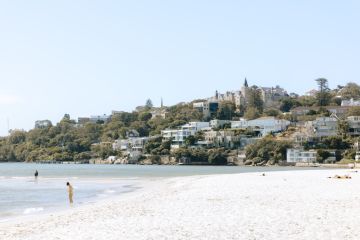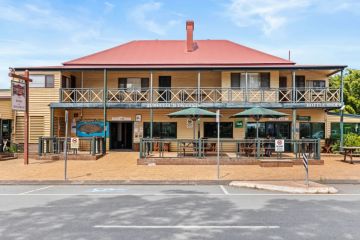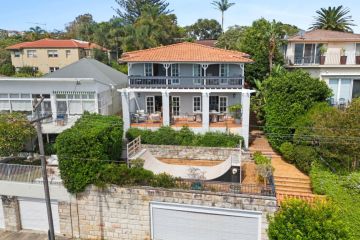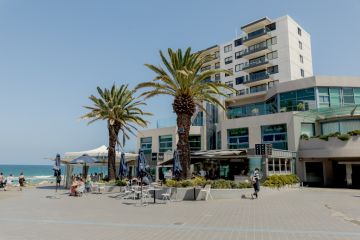Sporting benefits for kids
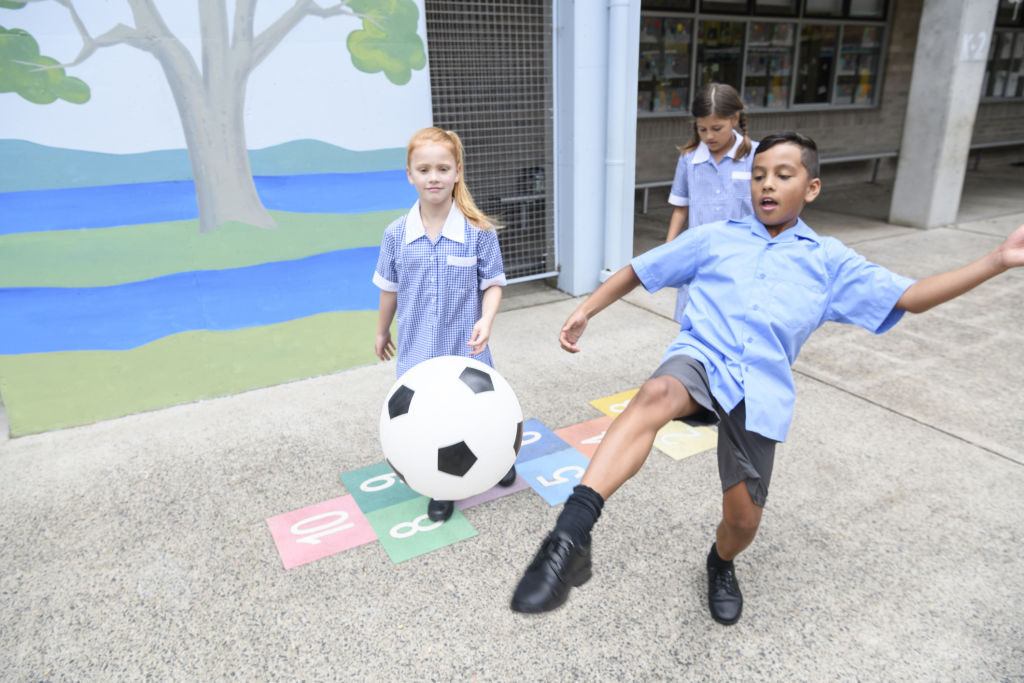
From badminton and basketball to soccer and swimming, sports are a key part of the program for many of Melbourne’s independent and state schools. Saturday mornings are a busy time for Caulfield Grammar School students. Classes may be over for the week, but at weekends the effort and attention turn to the sports field, athletics track and swimming pool. The 3300-plus students at the co-educational independent school take part in sport before and after school and compete on Saturdays. More than 400 sports coaches support them along with the school’s head of sport, Michael Hall.
The school has a firm belief that being active is important for a well-balanced life and to promote physical and mental wellbeing. So extra-curricular sports are part of life at Caulfield Grammar from years 5 to 12. “We want students to have a balanced experience at Caulfield Grammar and sport is a vital element of that balance,” says Hall. “There is a great ability to impact the lives of children through sport and its value is immense in terms of health benefits, building resilience and the friendships and connections students make.”
Swimming, cricket and touch football are popular during summer and Australian rules and netball are in demand in winter. Athletics is popular, and Caulfield Grammar is also renowned for its prowess in water polo. “Softball, swimming and football are also particular strengths and we’ve had a good record in netball,” says Hall. A new aquatic centre is taking shape at the Caulfield campus and will include state-of-the art features such as a 50-metre indoor pool that can be converted into two 25-metre pools. The floor can be raised or lowered to cater for inexperienced swimmers and elite swim teams. Maribyrnong College in Melbourne’s north-west is also focused on the benefits of sport. Maribyrnong is Victoria’s only specialist sports high school and incorporates Maribyrnong Sports Academy.
The school has 575 student athletes within its 1300-strong population who juggle VCE and sport. Current and former students have been selected for state and national teams and have competed in prestigious events like the Olympics and various world championships. “Sports students follow the normal school curriculum from 9am to 3.15pm but also complete an athlete development program that includes strength and conditioning, media training and sessions with our sports psychologist and dietitian,” explains Mark McAllion, the school’s sport director.
“Our aim is to provide an education for teenagers who want to pursue an elite sporting dream while continuing their studies. So, we’re set up to support students who want to have a real crack at their sport but also finish their secondary school education.” Sports at the school include AFL, athletics, badminton, basketball, cricket, golf, hockey, netball, soccer, softball/baseball, taekwondo, tennis and volleyball. But the school also has students involved in elite level gymnastics, swimming, cycling and synchronised ice skating.
There is a stadium with basketball and netball courts, a badminton hall, high-performance gym, water therapy area, tennis courts, soccer pitch, athletics track, cricket nets and beach volleyball training courts. Former Olympians and national athletes form part of the coaching team and proteges of the school include Luke Platt who has won junior world cycling titles and Celeste Mucci who has represented Australia in athletics. AWFL rising star Monique Conti has attended Maribyrnong College and Nia Stamatopoulos, a year 10 student, has played with Melbourne City in the W-League and has been in the Junior Matildas soccer team. “The people who are teaching, coaching and mentoring have been serious athletes themselves, so they are used to being in a high-performance environment,” says McAllion. “They all work towards getting each individual athlete at the school to their highest level.”
We recommend
We thought you might like
States
Capital Cities
Capital Cities - Rentals
Popular Areas
Allhomes
More

